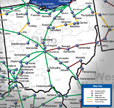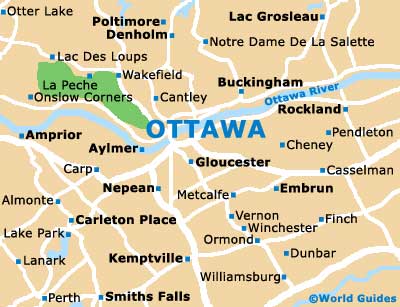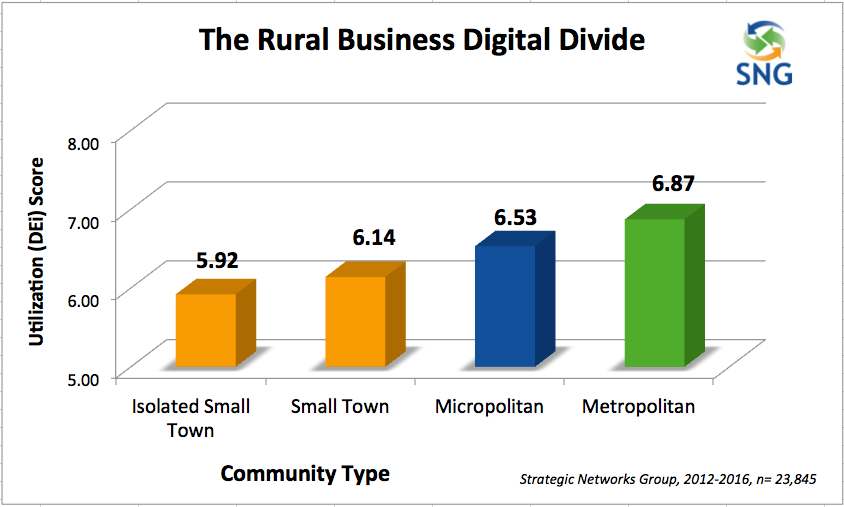Research Library
Reference materials, research findings, and complimentary resources. Check back often for SNG’s groundbreaking research and findings.
Reports
United States | ||
 | Ohio (Akron & Summit County) | eSolutions Benchmarking: An assessment of the current and planned usage of broadband and eSolutions by businesses and organizations in the city of Akron and throughout Summit County, Ohio (USA). (2009) Click here to download » |
 | North Carolina | Selections from eSolutions Benchmarking Report for North Carolina. (2010) Click here to download »e-NC’s executive summary of SNG’s (2010) Visit NC Broadband » |
 | Kentucky |
eSolutions Benchmarking Report (May 2012) Regional Broadband Utilization Analysis e-Strategy Report (May 2012) |
| | Illinois | Selections from eSolutions Benchmarking Report for Illinois. (2012) Click here to download » e-Strategy report for Illinois. (2012) Click here to download »Broadband Illinois executive summary of SNG’s Visit Broadband Illinois » |
 | North Carolina Smart Grid | Partial report of eSB findings in North Carolina: Broadband for Energy Management (Includes Smart Grid Findings) (2010) – Click here to download » |
 | Jackson, TN and Bristol, VA | Economic Impact Research for the Fibre to the Home (FTTH) Council:To support the decisions, effort, and investment in undertaking a FTTH initiative, SNG collaborated with MIT and Carnegie Mellon University to measure the potential economic impacts deployment would bring. (2007) Click here to download Jackson, TN Results » Click here to download Bristol, VA Results » |
International | ||
 | Norway | Results of an eSolution Benchmarking on broadband utilization by accommodation businesses in western Norway led by Norwegian University of Science and Technology student and SNG. Includes a comparison with US accommodation sector from SNG database (2010). Click here to download »National eSolution Benchmarking on broadband utilization by accommodation businesses in Norway led by Norwegian University of Science and Technology student and SNG (2011). Click here to download » |
 | Ontario, Canada | SNG identified economic drivers and types of businesses in Elgin County that would benefit from IT and broadband. Developed a plan to assist local community and business leaders accelerate the uptake of IT and broadband and shorten the path for economic growth. SNG identified under-serviced business sectors necessary for diversified, robust local economy. (2004) Click here to download »This study from Brandon University, Dalhousie University and SNG shows a ‘digital divide’ in Canada that separates businesses in rural and remote communities from and even playing field with competitors that have access to broadband. Research revealed the critical impacts of broadband, including company retention and community viability. With the ROI evident, community leaders and members support future investments in expanding broadband access and strategies. (2005) Click here to download »SNG conducted economic impact case study of a broadband network in South Dundas Township (Ontario, Canada) to assess economic impact – in terms of jobs, GDP and the community’s tax base. The study revealed the correlation between access to the Internet and new jobs. Specifically, half of firms with broadband had new jobs, a quarter (27%) of firms with dial-up had new jobs and only 6% of firms with no Internet access had new jobs. Using Input-Output modeling, SNG estimates a $16.42 million increase in direct expenditures to the Township based on new jobs and expansion of commercial and industrial facilities attributable to the fiber network. (2003) Click here to download » |
Quick Bytes – Research Findings in More Digestible Portions
New Dimensions to the Digital Divide
Utilization is impacted by income and age – the lower a household income or the older the household, the lower its Internet utilization. The differences (or divide) is most pronounced for those over 55 and those making less than $30,000. So the digital divide is actually expanding as younger, higher income households best leverage e-solutions. SNG’s research shows:
- As we all know, computer and Internet skill levels affect broadband utilization, but more interestingly:
- The lower your income, the lower your utilization.
- The older you are, the lower your utilzation.
Productivity by the numbers
SNG’s research shows that organizations are more efficient the greater the Internet speed they have available to them. Speed matters, regardless of how it is delivered. Move to the greatest access available, ideally fiber. Friends don’t let friends use “basic broadband.”
- For Fiber users the positive ROI on e-solutions for improving productivity is 8.9% higher than Cable and 14.2% higher than DSL.
- For Fiber users the importance of broadband for adopting new operational processes is 8.1% higher than Cable and 10.3% higher than DSL.
- For Fiber users the importance of broadband for improving staff skills is 14.3% higher than Cable and 14.8% higher than DSL.
The economic impact of broadband
(findings from North Carolina)
- Broadband has a significant impact of on-job creation, responsible for 17.5% of new jobs
- Businesses and households will move away or avoid areas without broadband
- Over 30% of households use broadband for home-based businesses and/or teleworking
- Households exhibit high level of readiness and interest in online transactions and services
PDF Download: Fill in the following form and you will receive a message in your inbox with a link to download the complete report “North Carolina Findings 2010” PDF.
Contact form – Download
"*" indicates required fields
Fiber Reports
Fiber to the Premises (FTTP)
The real benefits of FTTP (fiber to the premises) are more than about doing the same things faster. The most significant gains from FTTP occur after 2 years of use once organizations have adopted new business models to realize new revenue streams and to transform their business operations for cost avoidance.
Fiber to the Premises (FTTP)
The availability of FTTP (Fiber to the Premises) in a community is increasingly important as a selection criterion for businesses that are choosing a new business location, or choosing to stay in a location. In SNG’s research, 46 % of organizations indicated that fiber was important.































